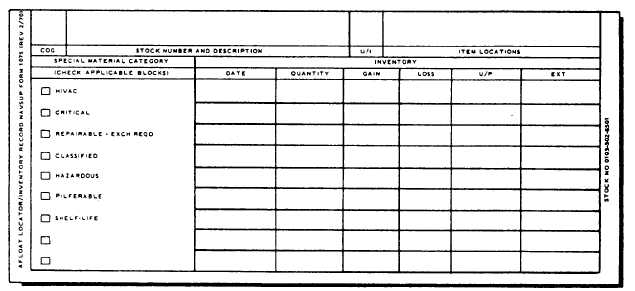Figure 4-5.-Afloat Locator/Inventory Record (NAVSUP Form 1075).
Responsibilities of Custodians
The departmental custodian maintains Afloat
Locator/Inventory Records (NAVSUP Forms
1075) on which receipts, expenditures, and
inventories are recorded (fig. 4-5). The custodian
is responsible for stowing and issuing the materials
and for collecting issue documents. Issues are
made using the NAVSUP Form 1250-1 or DD
Form 1348, as appropriate. The departmental
custodian is not required to maintain records other
than the locator records; however, the custodian
is responsible for promptly submitting the
completed transaction documents to the supply
department for the update of applicable stock
records.
Stowage Principles
Specific written instructions from the supply
officer provide guidance to departmental custodians
in performing their duties; however, every senior
petty officer should know certain basic stowage
principles that involve safety, security, orderly
arrangement, and easy access. These principles are
discussed in the following paragraphs.
SAFETY. —Basic stowage safety principles
may be summarized as follows:
1. Material should never be stowed or left in
passageways or where it may block damage
control apparatus.
2.
3.
4.
All materials should be properly secured
to avoid equipment damage or injury to
personnel.
Items that are subject to spontaneous
combustion should be stowed in a cool,
well-ventilated space, away from heat and
flammable material.
Bulk acids (except medical) should be
stowed in the acid locker in the custody of
the supply department; paint should be
stowed in the paint locker.
STOWAGE PRECAUTIONS. —Humidity,
sweating bulkheads, and leaky pipes can cause
severe damage to material in stowage spaces.
Dunnage, such as lumber, may be used under
material to keep it from direct contact with the
dampness of the deck. Bulkheads and pipes in
stowage spaces should be inspected frequently for
sweating and leaks. Moisture caused by sweating
can sometimes be eliminated by adequate ventila-
tion. The use of a drying agent, such as bags of
silica gel, may be necessary to help absorb
moisture in stowage spaces.
Some items stowed for long periods may
require special care to preserve them. For example,
tools and other items made of unprotected metal
should be protected from rust. Such items may
be protected by a coat of grease, petroleum jelly,
or a thin-film of preservative compound. These
items may require several coatings during their
stowage period.
4-15


